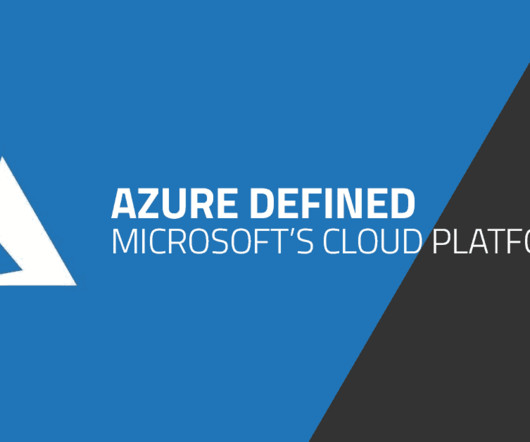What Is AMI Data and How Can Utility Companies Benefit from It?
Pure Storage
SEPTEMBER 4, 2024
They enabled utility companies to remotely monitor electricity, connect and disconnect service, detect tampering, and identify outages. For example, the latest AMI meters provide alerts when your usage spikes. The system can quickly detect outages and report them to the utility, leading to faster restoration of services.














Let's personalize your content